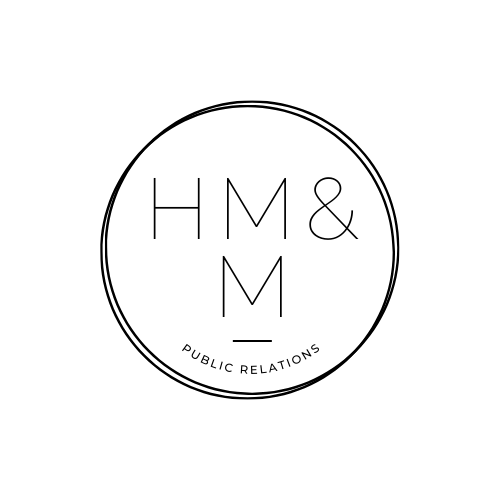By Mary Nguyen
A powerful brand story is the engine that drives your brand to make a lasting impression on its audience. Read our guide to find out how to leverage your brand story in the digital age.
We are hardwired to seek meaning out of our life experiences and stories are a universal way for humans to connect with each other over greater shared themes. Such is the power of storytelling to leave a lasting impression that to the human brain, “imagined experiences are processed the same as real experiences. Stories create genuine emotions, presence, and behavioural responses," says media psychologist Dr. Pamela Rutledge.
What does this mean for businesses looking to build greater brand awareness and stand out from the crowd? A good story disseminated to target audiences across multiple platforms is an incredibly effective way to achieve public relations success. A good story is more than its various angles; it is a distinctive defining narrative that is present in every message the brand sends out.
Beyond the product or service offered, a human face and narrative connects users to the brand in a deeper and more meaningful way. One example is the humanising process at work is finance company Vanguard, which featured employee stories on its LinkedIn feed.
“When organisations, causes, brands or individuals identify and develop a core story, they create and display authentic meaning and purpose that others can believe, participate with, and share,” explains Dr. Rutledge.
A brand story defines what your values are, your brand’s raison d'être, the feelings you want to invoke in your audience. According to research by Google in partnership with Motista and CEB, 50% of B2B buyers are more likely to make a purchase if they feel emotionally connected with your brand. By constantly reinforcing and repeating this core story, businesses capture their audiences’ attention and help forge a closer, more personal bond.
What’s in a brand story?
For better or worse, every person who comes into contact with your brand will develop their own impression or story about what your brand means to them. By giving audiences more information to go on, brands can forestall negative impressions and have a greater chance of building a positive relationship with each subsequent encounter.
A large part of a brand’s story contains its history, but a truly compelling narrative has three main elements:
Setting the scene, presenting the problem to be resolved
The journey of problem solving
Resolution
The aim of the story is to provoke a more emotional reaction and inspire its audience beyond the sharing of basic facts about your product or service. It’s important here to be honest and open, particularly if your business has faced setbacks in the past – overcoming adversity resonates with audiences more than a straight-forward tale of smooth sailing.
Your brand story also needs personality, as described by marketer Susan Gunelius:
“Brand stories are not marketing materials. They are not ads, and they are not sales pitches. Brand stories should be told with the brand persona and the writer’s personality at center stage. Boring stories won’t attract and retain readers, but stories brimming with personality can.”
The three-part progression of a beginning, middle and an end is a satisfactory way to complete your brand story and the simpler it is, the easier it is to repeat its messages in interviews, social media, web content and so on. Some questions that should be answered in your story may include:
Why you decided to start a business
What problem you are trying to solve
How you are unique
What your goals are
One example of a cohesive and compelling brand story is cosmetics label Burt’s Bees which was started by Burt Shavitz and Roxanne Quimby, who were inspired by nature and believed that “What you put on your body should be made from the best nature has to offer.” From their humble roots as local producers making honey and beeswax products, Burt’s Bees remains true to the brand ethos of being close to nature, using only natural and eco-friendly ingredients.
Digging even deeper, behind-the-scenes stories can be told to show customers what goes into the services and products they’re using including how things are made or a day-in-the-life of. Steve Jobs once said, “The most powerful person in the world is the storyteller. The storyteller sets the vision, values and agenda of an entire generation that is to come.” Your PR rep has a trained eye for the most compelling elements of your story and can help you bring it to life.
Need more help?
Pick up new PR tactics for small business, find out what your PR rep really wants you to know before engaging their services, learn how to put together a media kit and more on the HM&M Insights blog.



